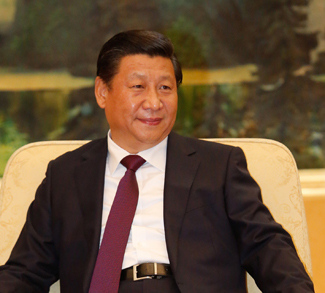The Chinese economy grew 6.9% over the third quarter according to figures released last week, enough to put it on track for a sub-7% annual expansion for the first time since 2009. With these latest results, the writing is on the wall: China won’t be reversing its negative trend anytime soon and, as a result, we can expect some kind of fiscal stimulus package from Beijing. That such a package is coming is now assured; the question remains whether it will juice already underperforming SOEs and asset prices with a burst of credit ala the previous policy playbook, or if it will be a revamped, bubble-averse approach to appease the more reform-minded corners of the Chinese leadership.
Going by recent indications, it will likely be the former.
News of sub-7% growth in China has had the predictable effect of sending the currencies of commodity-exporting countries plunging. However, though China’s problems are certainly having a major impact, the new normal of tepid global growth is not a one country story.
OECD has reflected gloom in its oft-downgraded growth projections. As for OECD’s take on the global economy in 2016, we have “some strengthening” to look forward to after a year of largely treading water in 2015. In its most recent projections, the organization cut its global growth estimates by .1% (to 3.0%) and .2% (to 3.6%) for 2015 and 2016 respectively. Just a few of the growth projections for major developed economies in 2015 include: Germany at 1.6%, Japan at 0.6%, France at 1%, China at 6.7%, and the United States at 2.4%.




